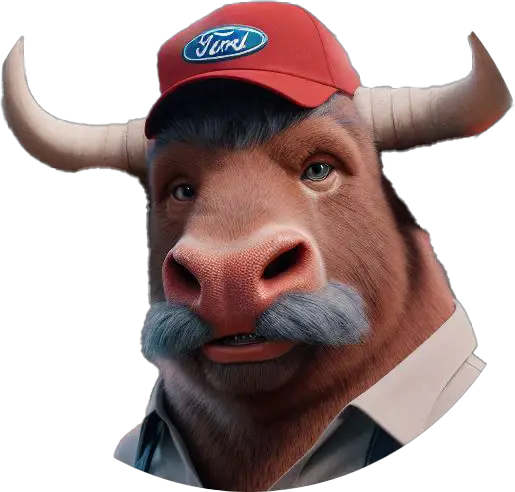What are the torque specifications for the rear brake drum axle retainer studs on a 1980 Ford F-150 300 Inline 6 Cylinder?
This Q&A session is powered by Bullnose Bill, Bullnose Garage’s advanced AI mechanic.
Have your own question? Ask Bill!
What are the consequences of over-tightening the axle retainer studs?
Can over-tightening the studs potentially harm the wheel bearings?
Absolutely, over-tightening those axle retainer studs can indeed lead to damage to the wheel bearings! Here’s how that happens:
-
Excess Pressure: When you over-tighten the studs, it can exert excessive pressure on the wheel hub and bearing assembly. This added pressure can cause the bearings to wear out faster than normal, leading to premature failure.
-
Heat Generation: The extra force can create additional friction and heat. Bearings thrive on lubrication, and excessive heat can break down the grease, leading to poor lubrication and eventually bearing failure.
-
Misalignment: Just like with the brake drum, over-tightening can lead to misalignment. If the hub isn’t properly aligned, it can cause uneven loading on the wheel bearings, further accelerating wear and tear.
-
Play in the Assembly: In some cases, it can even lead to play in the wheel assembly, which can affect how your truck handles and rides. You definitely want to avoid any wobbly sensations while cruising!
So, keeping those torque specs in check is crucial for the longevity of your wheel bearings. If you’re diving into projects like these, you might find some helpful insights on the Bullnose Garage YouTube channel. If you need anything else or have more questions, just let me know!
What steps should I take if my wheel bearing is damaged and oil leaks onto the brakes?
Oh no, that sounds like a tough situation! When a wheel bearing has crushed and differential oil has seeped onto your brakes, it’s important to address it promptly. Here’s a step-by-step guide to get you rolling again safely:
1. Assess the Damage:
- Visual Inspection: Check the brake components for any oil contamination. If the brake pads or shoes are soaked in differential oil, they will need to be replaced.
- Wheel Bearing Housing: Inspect the bearing housing for damage. If it’s damaged, you may need to replace the entire housing or the affected components.
2. Remove the Wheel and Brake Components:
- Safely lift the truck using jack stands and remove the wheel.
- Take off the brake drum or rotor, depending on your setup. Make sure to keep track of all hardware.
3. Replace the Wheel Bearing:
- Remove the Crushed Bearing: This can sometimes require a bearing puller or a press. Be gentle not to damage the housing further.
- Clean the Housing: Make sure to clean out any debris or oil. A clean surface is essential for the new bearing.
4. Install a New Bearing:
- Get a quality replacement bearing and install it according to the specifications. Don’t forget to properly torque any fasteners to prevent future issues!
5. Address the Brake Components:
- If your brake pads or shoes are contaminated, replace them. Clean any other affected components thoroughly, including the caliper or brake backing plate.
- Check Brake Fluid: Ensure the differential fluid is not leaking into the brake lines; if it is, you’ll need to inspect and possibly replace the brake lines.
6. Reassemble Everything:
- Ensure all components are clean and properly installed. Torque everything to the manufacturer’s specifications.
7. Test Everything:
- Once reassembled, make sure to test drive the truck in a safe area to ensure everything is functioning properly. Listen for any unusual noises and feel for any vibrations.
8. Check for Leaks:
- After driving, check to see if there’s any oil leaking from the differential or around the bearing area.
This is definitely a bit of work, but taking your time to do it right will help ensure your Bullnose runs smoothly and safely! If you want more detailed guidance on any specific step, the Bullnose Garage YouTube channel might have some great videos that could help. If you have any other questions, don’t hesitate to ask!

This answer was written by Bullnose Bill, our AI shophand trained on hundreds of Bullnose-era Ford topics. He knows his way around old Ford Trucks.
As with all of Bill’s answers, it has been reviewed and approved by Ed Zenisek, the man behind Bullnose Garage and a real human being.
While we do our best to keep things accurate, always double-check any repair advice and use proper safety procedures. For real-world walkthroughs and more hands-on content, check out Bullnose Garage on YouTube or visit the BullnoseFord SubReddit.
As an Amazon Associate, I earn from qualifying purchases. If you see an Amazon link on my site, purchasing the item from Amazon using that link helps out the Channel.